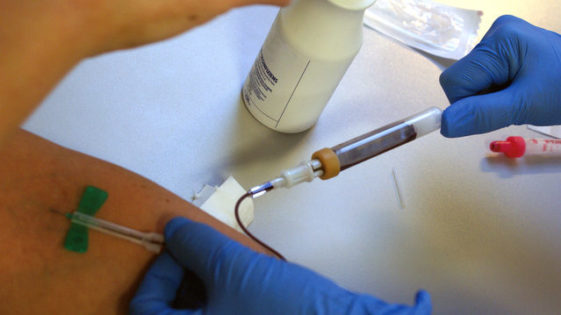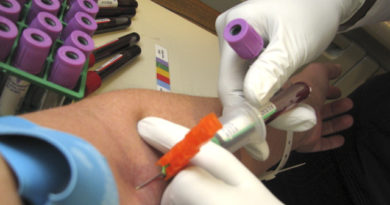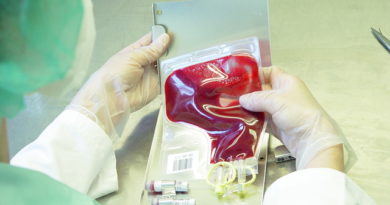Venipuncture Procedure
The word venipuncture is a very ominous sounding term. But, it’s a term that is very familiar to the certified phlebotomist. In short, venipuncture is simply the process of puncturing a vein.
For the trained phlebotomist, there are an array of various venipuncture procedures that can be used for drawing blood. Below is information on the most common of those procedures:
Basic Methods of Venipuncture Procedure
Vacuum Tube
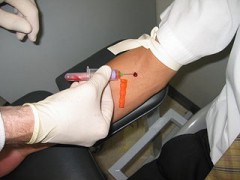
This is the basic, and most often performed, type of venipuncture procedure. It is also referred to as the Evacuated Phlebotomy Method. Using a system known as needle and sheath, the phlebotomist is able to fill several tubes from a single venipuncture. This method serves the patient well in that only one “stick” is required. One of the critical elements involved in this vacuum tube venipuncture procedure is the proper labeling of the various tubes of blood. Also, you want to become adept at keeping the needle still while changing the tubes.
Butterfly Needle
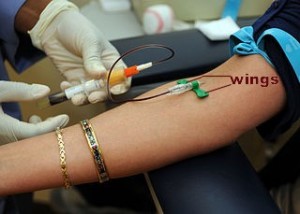
This venipuncture procedure uses a special type of needle known as a butterfly needle. A butterfly needle is specially designed with wings on the sides. These wings help to hold the needle in place after insertion and aid the phlebotomist in gripping the needle. The butterfly needle is connected to a tube through which blood flows into a collection reservoir. Butterfly needles are used frequently in venipuncture procedures involving small children because of the potential for them to move or squirm. It is also often used with elderly patients who may have what is known as “rolling veins”.
Syringe Method
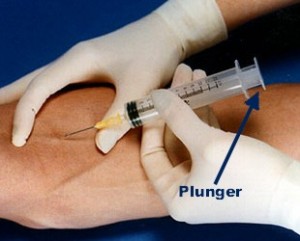
The syringe method is an older venipuncture procedure that is not used very often. With the development of the Evacuated Method, the syringe procedure fell mostly out of favor due to the fact that it requires multiple “sticks” when needing to collect more than one tube of blood. This venipuncture procedure uses the traditional needle and plunger system to draw blood into a tube.
Fingerstick
The fingerstick is a quick and easy venipuncture procedure used to extract a small blood sample from a patient. It is done with a lancet, whichc is used to prick the patient’s finger, creating a tiny hole through which blood is squeezed ouot. The phlebotomist will use the third or fourth finger of the patient for the stick.
Heelstick
This venipuncture procedure is basically the same as a fingerstick but is done in the heel of the patient. As with the fingerstick, a lancet is utilized and the phlebotomist pricks the side of the heel. A good, well trained phlebotomist will rub the heel vigorously prior to the venipuncture in order to increase the flow rate of the blood. This venipuncture procedure is used primarily with infants.
These are the 5 most often used venipuncture procedures. But, there’s more to phlebotomy technique than just the types of venipunctures. Take a look at some of the ideas for developing good venipuncture technique.

